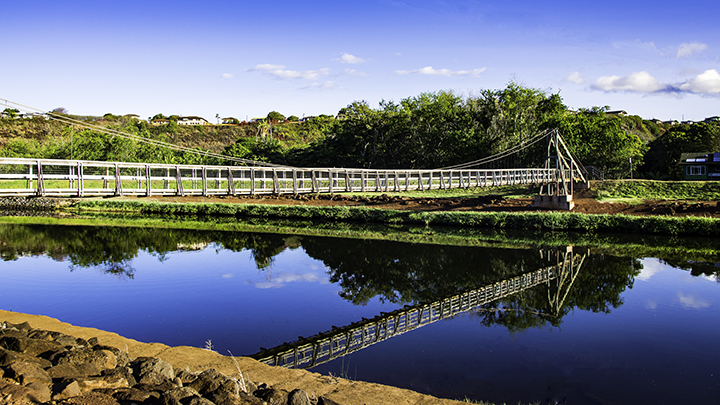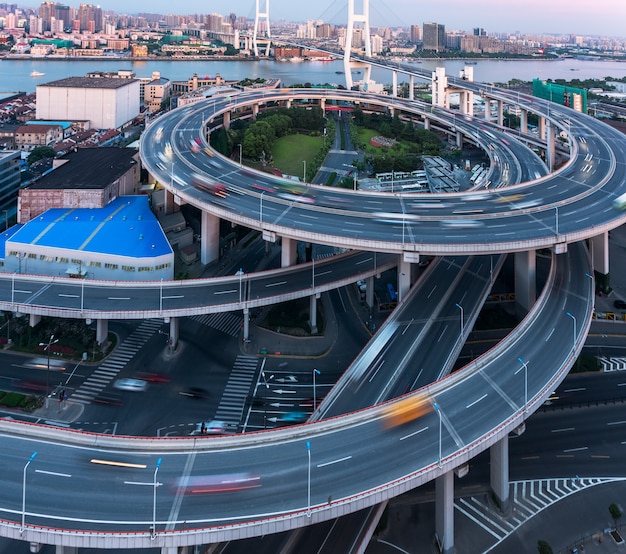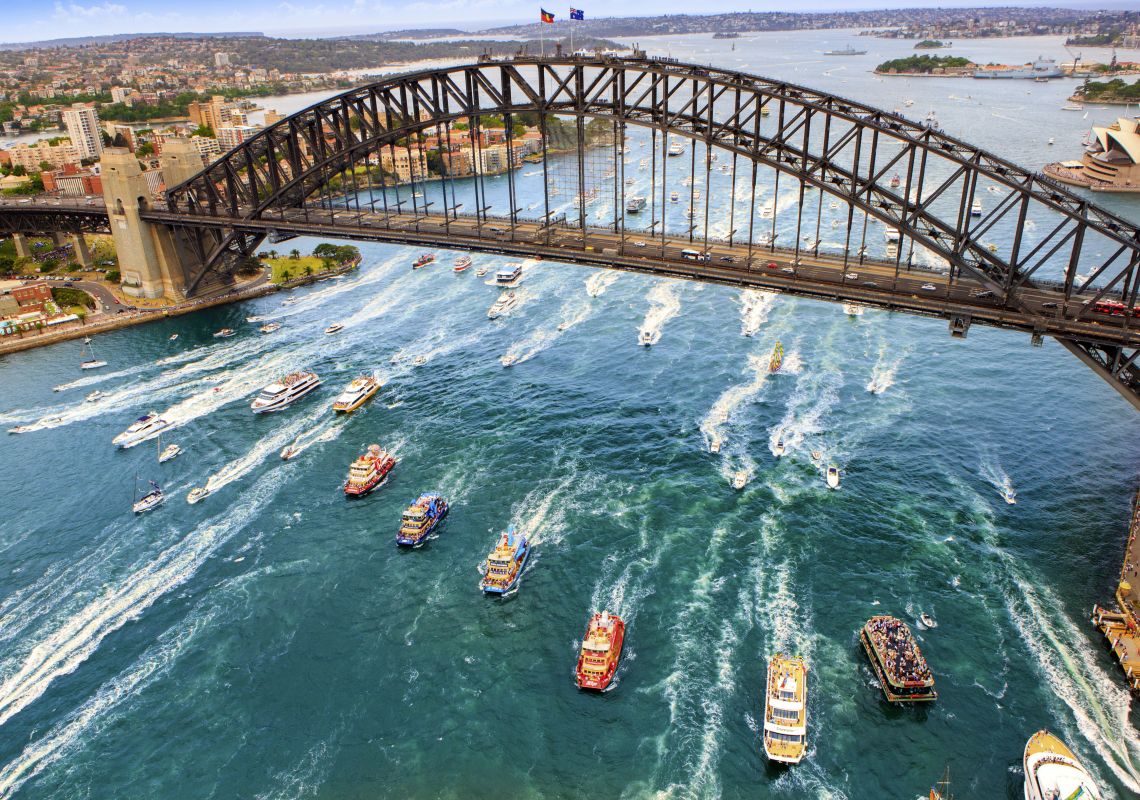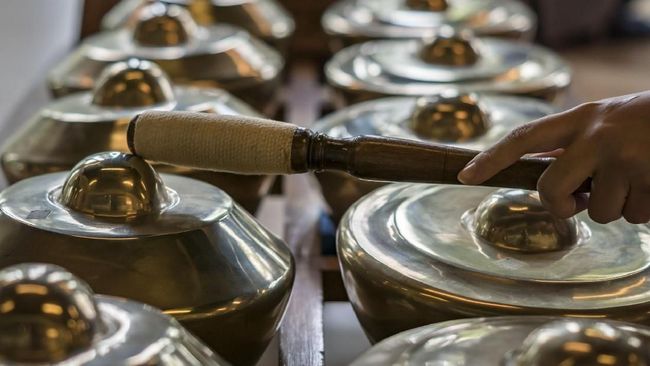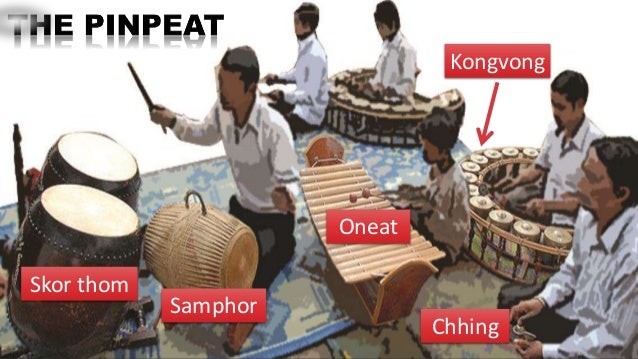Duit, harta dan kekayaan adalah keperluan yang wajib pada masa kini. Tanpa adanya itu semua - seseorang tidak akan dipandang, malah akan mudah disingkirkan. Percaya atau tidak, tepuk dada tanya lah diri anda sendiri.
Malah sewaktu di sekolah rendah atau menengah lagi jika kita masih ingat, dalam mata pelajaran Pendidikan Islam ada menyatakan dan turut menyarankan bahawa "lakukan lah sebuah perniagaan kerana dengan berniagalah mendapatkan pendapatan dan ianya menguntungkan". Tabiat berniaga ini sememangnya menguntungkan. Jika dilihat banyak aktiviti berniaga sama ada berniaga kecil-kecilan ataupun besar pasti memberikan pendapatan kepada seseorang yang rajin melakukannya. Dewasa ini, banyak kaedah untuk kita berniaga. Asalkan diri ini rajin berusaha dan tidak malu Insya Allah ianya akan memberikan hasil yang pasti lumayan.
Di sini dikongsikan beberapa panduan mudah untuk memulakan sebuah perniagaan.
| https://www.jacknjillscute.blogspot.com/ |
#1- Menilai Diri Sendiri
Tidak semua orang mempunyai kualiti
potensi diri yang sama yang diperlukan untuk memulakan perniagaan. Jika
anda kekurangan ciri-ciri yang diperlukan sebagai seorang usahawan,
jangan risau – luangkan masa untuk menimba ilmu yang tepat melalui
pembacaan, seminar, kelas ataupun cari mentor untuk dijadikan panduan.
| https://www.jacknjillscute.blogspot.com/ |
#2- Membangunkan Idea
Jangan memulakan perniagaan kerana ia
merupakan salah satu tren terkini dan menganggapnya ia dapat memberi
pulangan wang yang lumayan jika dikomersialkan. Mula membangunkan satu
konsep idea perniagaan yang anda minati dan mempunyai pengalaman
terhadapnya. Ini memudahkan kerja anda, kerana anda sudah memiliki ilmu
dan idea bagaimana hendak komersialkannya.
 |
| https://www.jacknjillscute.blogspot.com/ |
#3- Penyelidikan
Sebaik sahaja anda telah menetapkan
idea, sekarang cuba fikirkan bagaimana perniagaan ini boleh menjadi
kenyataan. Adakah produk atau perkhidmatan yang bakal disediakan sesuatu
yang orang ramai mahu atau perlukan? Bolehkah anda membuat keuntungan
jika menjualnya?
| https://www.jacknjillscute.blogspot.com/ |
#4- Pelan Perniagaan
Ambil kertas dan pen! Mula merangka
pelan perniagaan jangka pendek dan jangka panjang. Bagaimana perniagaan
ini boleh berkembang dalam masa setahun, tiga tahun dan lima tahun.
Apakah idea yang diperlukan jika anda ingin pelabur melabur ke
perniagaan anda. Secara asasnya, pelan perniagaan harus merangkumi misi,
visi, ringkasan perniagaan, ringkasan eksekutif, perkhidmatan atau
servis yang ditawarkan, penerangan pasaran sasaran, unjuran kewangan dan
kos operasi. Dapatkan nasihat dari pakar jika anda mengalami kesulitan
untuk merancangnya.
| https://www.jacknjillscute.blogspot.com/ |
#5- Mengenal Pasti Sasaran Pasaran
Ini merupakan kriteria yang penting bagi
sesebuah perniagaan, kerana ia akan menentukan keuntungan dan kerugian
perniagaan. Walaupun anda telah berjaya mengesan beberapa sasaran yang
berkesan yang bakal memberi keuntungan perniagaan – jangan berhenti
setakat itu, terus dan terus mengenal pasti sasaran baru. Ini bagi
membolehkan perniagaan dapat berdaya saing dengan kukuh antara pesaing
lain.
| https://www.jacknjillscute.blogspot.com/ |
#6- Kos Industri
Menentukan kos standard melalui
penyelidikan terhadap industri-industri yang sama bidang perniagaan
dengan anda. Teknik ini akan membantu anda menguruskan kos kewangan
dengan lebih efisyen dan berkesan.
| https://www.jacknjillscute.blogspot.com/ |
#7- Mewujudkan Pelan Pemasaran
Sebaik sahaja anda berjaya menentukan
berapa banyak wang yang diperlukan untuk memulakan operasi perniagaan,
tiba masanya untuk fikirkan berapa banyak yang diperlukan untuk
membangunkan produk atau servis dan merangkakannya menjadi satu pelan
pemasaran.
 |
| https://www.jacknjillscute.blogspot.com/ |
#8- Mencari Pelabur Yang Tepat
Anda akan memerlukan beberapa jenis
pembiayaan bagi memulakan perniagaan, sama ada melalui simpanan bank,
kad kredit, pinjaman, geran atau pelabur. Mencari pelabur yang berkongsi
minat sama seperti anda, akan memudahkan anda melakukan perniagaan
dengan lebih terancang di masa hadapan.
 |
| https://www.jacknjillscute.blogspot.com/ |
#9- Memahami Pelabur
Sama ada anda suka ataupun tidak,
pelabur mempunyai hak untuk bersuara ke atas syarikat anda. Cuba
memahami apakah yang diperlukan oleh mereka sebenarnya. Jika diberi
cadangan atau nasihat dari pelabur, dengarkannya dahulu – jangan
dibangkang serta merta. Terima sahaja apa yang hendak dikongsikan oleh
pelabur, tetapi itu tidak bermakna anda perlu mematuhinya 100% – ambil
idea yang bernas sahaja!
| https://www.jacknjillscute.blogspot.com/ |
#10- Membina Satu Sistem Sokongan Keluarga
Kemungkinan besar anda akan melabur
lebih banyak masa dan sumber ke dalam perniagaan baru anda. Pastikan
keluarga anda memahami situasi ini. Mereka harus sedar bahawa proses ini
akan mencabar dari segi emosi dan kewangan secara total. Sokongan
keluarga akan dapat membantu pengembangan perniagaan baru dengan pantas.
 |
| https://www.jacknjillscute.blogspot.com/ |
#11- Struktur Undang-undang
Mengenal pasti struktur undang-undang
melalui bentuk pemilikan yang terbaik untuk perniagaan anda. Pemilikan
terdiri daripada pemilikan tunggal, perkongsian, syarikat liabiliti
terhad, perbadanan, syarikat bukan keuntungan (NGO), koperasi dan
sebagainya.
| https://www.jacknjillscute.blogspot.com/ |
#12- Nama Perniagaan
Tentukan nama yang sesuai digunakan
untuk perniagaan anda. Kemudian semak melalui online sama ada nama
domain (website) telah dimiliki ataupun tidak.
| https://www.jacknjillscute.blogspot.com/ |
#13- Pendaftaran
Jika nama perniagaan yang dicadangkan
boleh dimiliki, cepat-cepat daftar nama syarikat dan beli nama domain
website. Lakukan pendaftaran di Suruhanjaya Syarikat Malaysia (SSM).
| https://www.jacknjillscute.blogspot.com/ |
#14- Mengambil Peluang
Terdapat banyak sumber-sumber percuma
yang disediakan oleh pihak kerajaan dan juga NGO. Sumber seperti ilmu
perniagaan, latihan, nasihat, bantuan wang perniagaan, geran perniagaan
dan banyak lagi.
#15- Cukai
Kenal pasti cukai yang perlu diwajibkan
bayar. Terdapat beberapa cukai yang wajib dibayar seperti cukai
perniagaan, pendapatan, eksais dan lain-lain.
 |
| https://www.jacknjillscute.blogspot.com/ |
#16- Permit dan Lesen
Pastikan anda mempunyai permit dan lesen
yang sah untuk melakukan perniagaan. Ini bagi mengelakkan sebarang
masalah timbul di kemudian hari.
#17- Insurans
Demi keselamatan, anda boleh membeli
insurans-insurans yang bersesuaian dengan perniagaan anda. Setiap jenis
perniagaan mempunyai polisi insurans yang berbeza. Anda juga boleh
membeli insurans untuk diri dan pekerja anda sebagai salah satu manfaat
yang disediakan oleh syarikat.
#18- Buku Rekod
Sentiasa mempunyai simpanan rekod secara
fizikal iaitu buku. Rekod aliran wang keluar dan masuk serta
aktiviti-aktiviti syarikat.
 |
| https://www.jacknjillscute.blogspot.com/ |
#19- Lokasi Perniagaan
Memilih lokasi yang sesuai dengan
keperluan perniagaan anda. Lokasi yang mudah diakses oleh anda,
pelanggan dan pembekal. Ini akan memudahkan pertumbuhan perniagaan.
#20- Tidak Perlu Pejabat
Tidak perlu pejabat, jika anda masih
belum lagi mampu untuk memilikinya. Berniaga dahulu, dapatkan keuntungan
yang tinggi kemudian kembangkannya dengan mendapatkan pejabat sebagai
langkah permulaan. Pejabat dapat meyakinkan pelanggan bahawa perniagaan
anda wujud dan kukuh.
#21- Paten Perniagaan Bila Kukuh
Jangan melakukan paten jika anda masih
belum mempunyai wang yang cukup. Ini kerana untuk melakukan paten
perniagaan anda memerlukan kos yang mungkin menelan perbelanjaan
sehingga mencecah beribu-ribu ringgit. Berniaga dahulu, kukuhkan jenama
bisnes dan dapatkan keuntungan yang tinggi – kemudian baru mula patenkan
perniagaan.
#22- Pandangan Idea
Anda mungkin berasa idea anda sudah
cukup hebat, tetapi sebenarnya tidak. Ini kerana terdapat banyak lagi
idea-idea bukan sahaja hebat malah luar biasa hebat. Jangan sempitkan
pemikiran, kongsikan idea sedia ada anda bersama rakan-rakan dan
keluarga. Dapatkan pandangan dari mereka dan perbaiki kelemahan jika
ada. Mana tahu pandangan yang diterima itu bernas, gabungan idea itu
bersama idea anda – hasilnya pasti akan jadi luar biasa hebat.
#23- Jangan Takut – Lancar Sahaja
Segala persiapan sudah siap, kini tiba
masa untuk lancarkannya secepat mungkin. Jangan tunda pelancaran produk
kerana takut ia tidak mendapat sambutan orang ramai.
Lancar sahaja, pada waktu yang sama
dapatkan maklumbalas dari pelanggan yang membeli dan bakal pelanggan.
Maklumbalas ini merupakan info paling berharga buat bisnes anda, ia akan
membantu untuk menaik taraf lagi kualiti produk atau servis ke tahap
yang lebih bagus lagi.
#24- Produk Inovasi
Produk inovasi adalah salah satu tip
yang membuatkan bisnes terus unggul dan maju. Jangan asyik bergantung
kepada produk lama sahaja, terokai produk baru yang akan menyegarkan
udara bisnes anda. Pelanggan setia sentiasa menanti-nantikan sesuatu
yang baru dari bisnes anda, jangan kecewakan mereka.
| https://www.jacknjillscute.blogspot.com/ |
#25- Bersabar & Realistik
Anda bukan seorang ahli magik yang mampu
membina empayar besar dalam sekelip mata. Jadi realistik, kejayaan
tidak akan turun seperti ribuan titisan air hujan, kejayaan harus
ditakluk dengan tindakan dan kesabaran masa. Jangan gementar untuk
memulakan perniagaan dengan langkah yang kecil, percayalah langkah yang
kecil ini akan menjadi berjuta langkah yang pasti capai kejayaan.
Kekalkan bersabar, realistik & tidak putus asa.
| https://www.jacknjillscute.blogspot.com/ |
Di sini juga terdapat artikel lain bagi menjana pendapatan.
Hanya CLICK Link di bawah ini >>>
@ Jackie San
